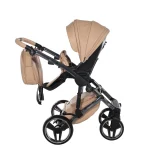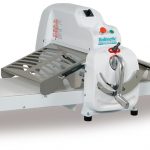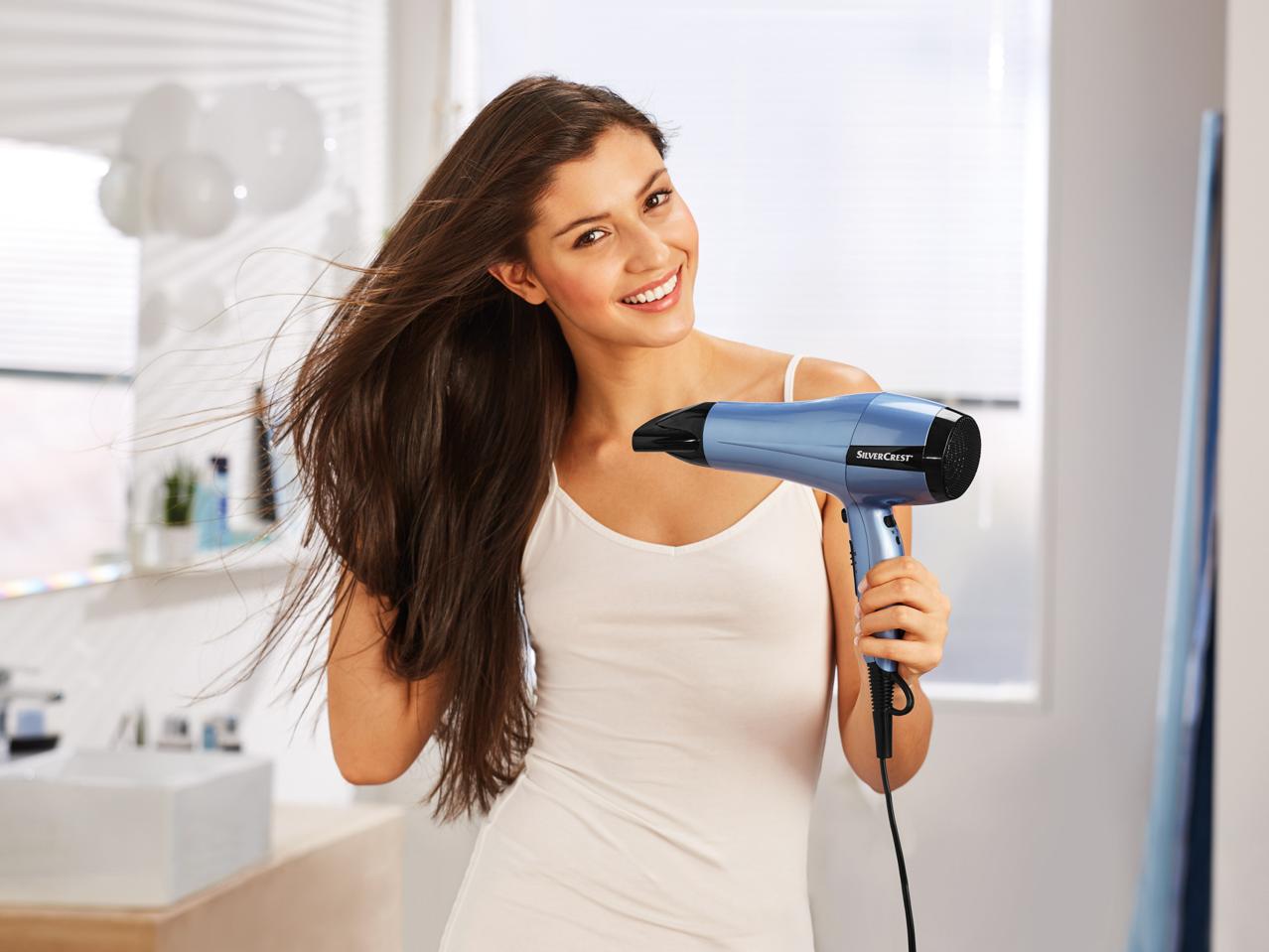Having the right hair dryer is essential for a good blowout. A faulty hair dryer can leave your hair with frazzled ends and not-quite-dry strands.
GH Beauty Lab instrumental testers were impressed by this dryer’s strong airflow and compact design. It’s lightweight and the easy-to-use buttons are well placed. It also has a concentrator and diffuser attachments for a wide range of styles.
Power
When a hair dryer’s switched on, it passes electricity through the heating element—a metal coil of nichrome (an alloy of nickel and chromium), ceramic or tourmaline. This coil generates heat, which is transferred to the air that passes through the ducting—the tube that leads out the front of the hair dryer. The higher the wattage, the hotter the air.
The heat in hair dryers helps evaporate water in the wet hair. It also creates negative ions, which counteract positive ions in the hair and help reduce frizz and static.
To prevent electrocution, a hair dryer has to be equipped with an automatic line-voltage circuit interrupter (ALCI) or other overheating protection. ALCIs, mandated by UL, react to sudden changes in electricity and can cut power to the hair dryer within milliseconds if they detect that it has been submerged in water. Some models have a bimetallic strip—sheets of two metals that expand at different rates—that acts as a switch to shut off the appliance if it gets too hot.
Speed
A hair dryer blows out hot or cool air to dries out hair after a shower. It also has settings that change the amount of heat that’s blown out. There are a lot of different styles and models that come with different settings, attachments and features.
In GH Beauty Lab testing, this ionic dryer got high marks for its powerful airflow and fast drying speed. Stylists found it easy to hold and used and appreciated the convenient location of controls and buttons. However, it’s one of the heaviest models evaluated and its highest heat setting can be too hot for fragile or fine hair types.
This ionic hair dryer was a favorite among stylists for its ability to quickly dry thick and coarse locks and minimize frizz. It also has plenty of heat settings and a number of options for drying curly hair, including a diffuser attachment. The only negatives were that it’s expensive and a bit bulky.
Temperature
In hair dryers, the heat that warms the air is generated by passing electric current through a nichrome wire heating element. This element is wrapped around mica insulating boards. Nichrome is an alloy of nickel and chromium and has the advantage over other electrical metals such as copper in that it doesn’t oxidize at high temperatures.
The heat from the nichrome wire is transferred to the air by thermal convection. Since hot air is lighter than cool air, it rises to the top of the dryer where it exits. A lint screen is often included to prevent dust and other foreign matter from entering the nichrome heating element.
Many models also include a bimetallic strip. Made of sheets of two different metals, the strip bends when the temperature in the hair dryer rises too high. This trips a switch that cuts off the power to the heating element. This helps to reduce electrocution. The safety circuit may also be equipped with a thermal fuse for further protection.
Safety
Hair dryers are very dangerous if they fall into tubs and sinks or come into contact with water. To reduce the number of such accidents, most models use a safety feature that grounds the appliance. This prevents people from being electrocuted if the appliance gets wet.
All modern hair dryers have this safety feature. It consists of a bimetallic strip made out of sheets of two metals that expand when heated but at different rates. When the temperature of the hair dryer reaches a certain point, this strip bends and trips a switch that cuts off power to the appliance.
Most modern hair dryers also contain a thermal fuse for additional protection. In addition, many models have a screen that covers the air inlet to prevent hair and other objects from being accidentally sucked into the outlet. NCAC checked descriptions on the instruction manuals of normal hair dryers to ensure they include precautions like “Don’t loop cord around main unit” and “If abnormality in cord or operation is found, stop using product”. These precautions significantly reduce the risk of electric shock and fire from damage to the appliance.









